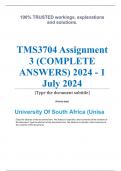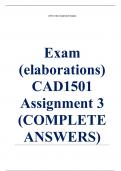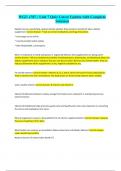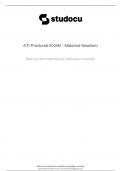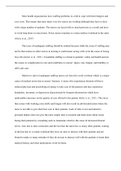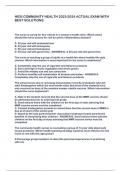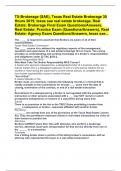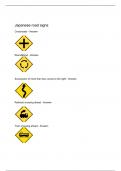Exam (elaborations)
Exam (elaborations) TMS3704 Assignment 3 (COMPLETE ANSWERS) 2024 - 1 July 2024 • Course • Teaching Business Studies in Further Education (TMS3704) • Institution • University Of South Africa (Unisa) • Book • Effective Learning and Teaching in Business an
- Course
- TMS3704
- Institution
- University Of South Africa
Exam (elaborations) TMS3704 Assignment 3 (COMPLETE ANSWERS) 2024 - 1 July 2024 • Course • Teaching Business Studies in Further Education (TMS3704) • Institution • University Of South Africa (Unisa) • Book • Effective Learning and Teaching in Business and Management TMS3704 Ass...
[Show more]
